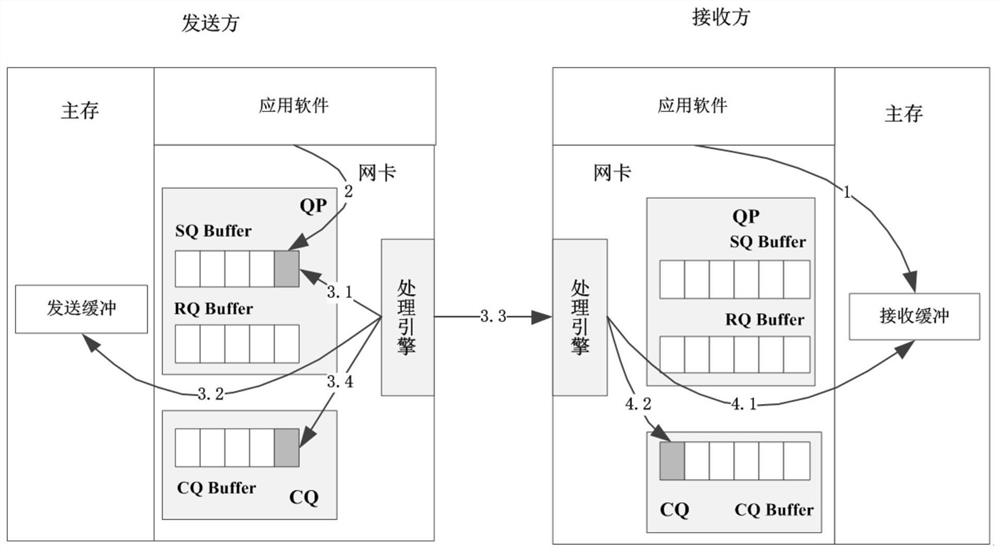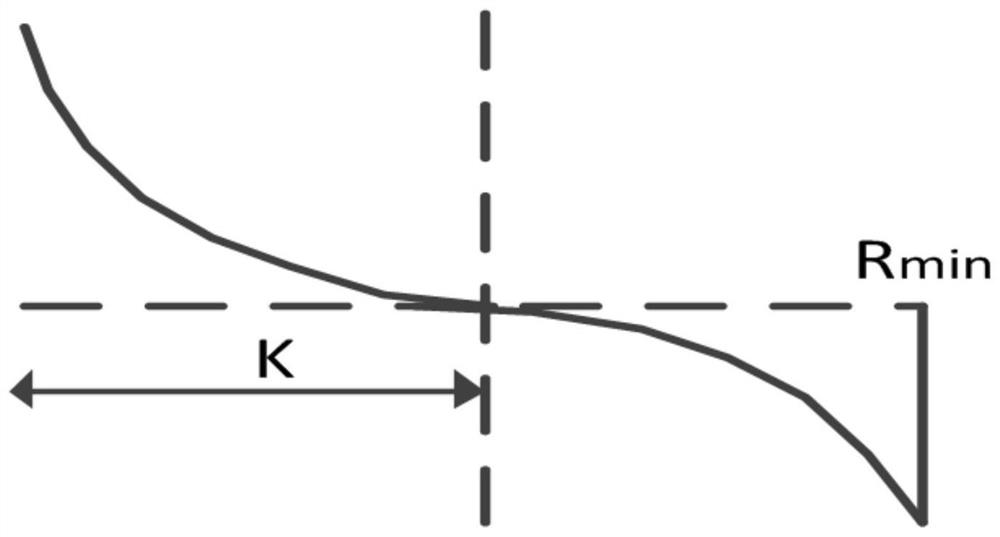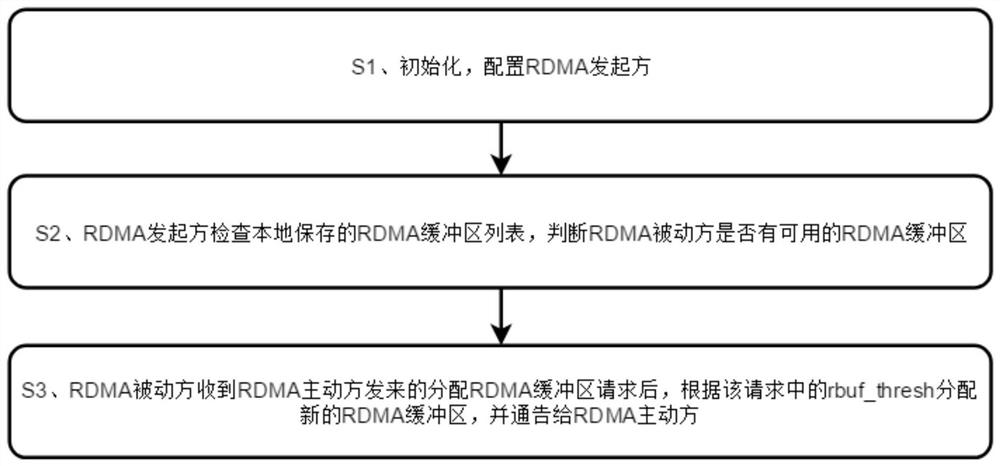A dynamic allocation method of rdma buffer based on iterative approximation
An RDMA and dynamic allocation technology, applied in the computer field, can solve the problems of RDMA buffer occupying memory, insufficient RDMA buffer, memory waste, etc., and achieve the effect of reducing the number of RDMA buffers, reducing memory consumption, and high bandwidth
- Summary
- Abstract
- Description
- Claims
- Application Information
AI Technical Summary
Problems solved by technology
Method used
Image
Examples
Embodiment
[0033] Embodiment: A method for dynamic allocation of RDMA buffer based on iterative approximation, comprising the following steps:
[0034] S1. During initialization, the RDMA initiator makes the following settings: the number of buffers allocated by the request is recorded as rbuf_thresh, the initial value is set as 4, the time when rbuf_thresh expands is recorded as epoch_start, the initial value is set as the current time, and the rbuf_thresh before expansion rbuf_thresh is recorded as R min , the initial value is set to 2, and the expanded rbuf_thresh of rbuf_thresh is recorded as R max , the initial value is set to 4, R after expansion by rbuf_thresh max reduce to R min The time is recorded as K, initialized as K = , where C is a constant coefficient;
[0035]S2. The RDMA initiator checks the locally stored RDMA buffer list, which contains all available RDMA buffers allocated by the RDMA passive party for the RDMA initiator, and determines whether the RDMA passive ...
PUM
 Login to View More
Login to View More Abstract
Description
Claims
Application Information
 Login to View More
Login to View More - R&D
- Intellectual Property
- Life Sciences
- Materials
- Tech Scout
- Unparalleled Data Quality
- Higher Quality Content
- 60% Fewer Hallucinations
Browse by: Latest US Patents, China's latest patents, Technical Efficacy Thesaurus, Application Domain, Technology Topic, Popular Technical Reports.
© 2025 PatSnap. All rights reserved.Legal|Privacy policy|Modern Slavery Act Transparency Statement|Sitemap|About US| Contact US: help@patsnap.com



